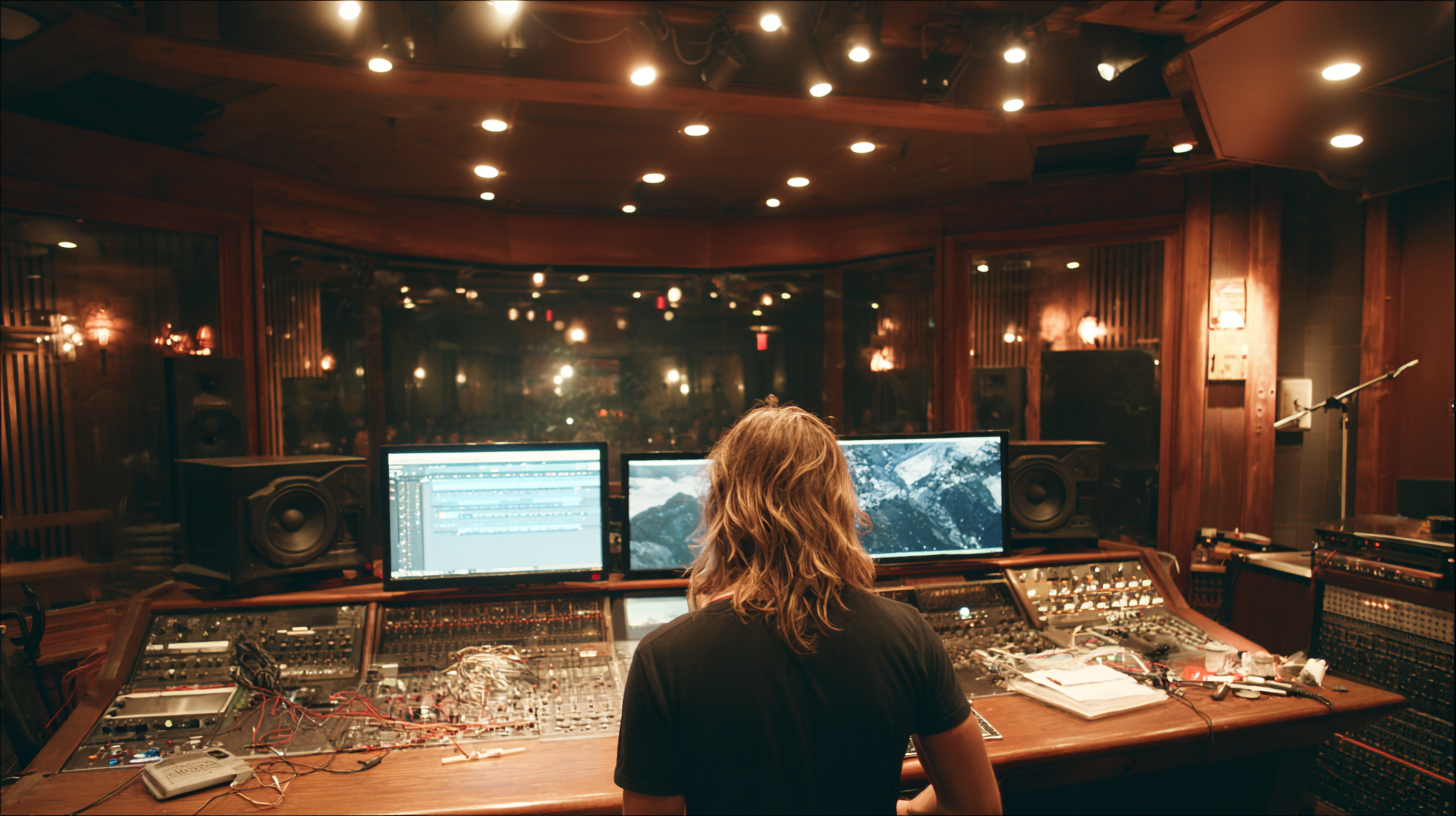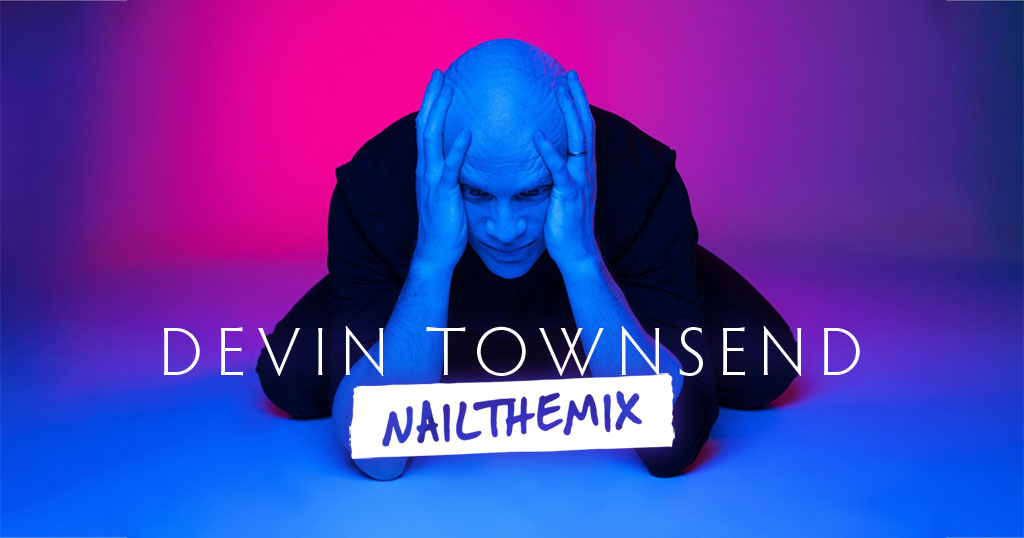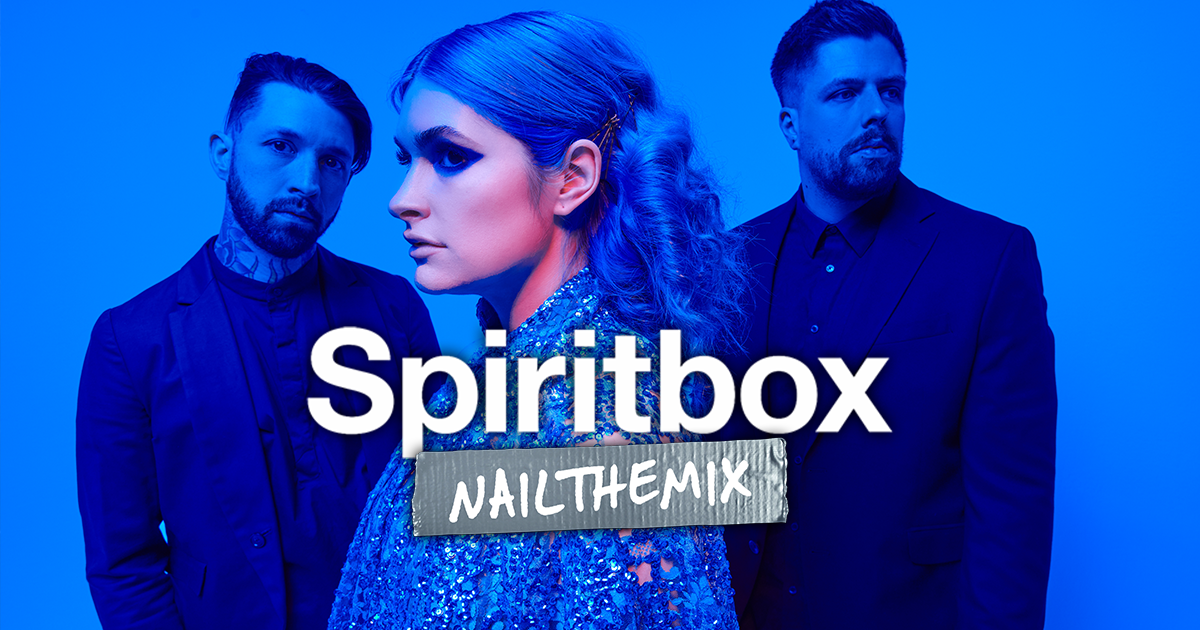
Pro Q 3: Taming the Chaos in Your Modern Metal Mix
Nail The Mix Staff
Modern metal. It’s a beast, isn’t it? We’re talking about productions so polished you could see your reflection in them, guitar tones tuned low enough to shake fillings loose, and a density that makes a black hole look spacious. Gone are the days of somewhat dodgy production being acceptable, even for signed bands. Today, even local bands are expected to sound colossal. This means you, the modern metal producer, need an arsenal of tools and techniques that can handle this sonic onslaught. And when it comes to EQ, one plugin consistently rises to the top for its sheer power and precision: FabFilter Pro Q 3.
If you're wrestling with getting your eight-string guitars to sit with a thunderous kick drum, or trying to carve out space for vocals in a wall of sound, Pro Q 3 isn't just another EQ; it's practically a necessity. Let's dive into why this plugin is a total game-changer for anyone serious about mixing aggressive, modern metal.
Why Pro Q 3 is a Metal Mixing Monster
Modern metal mixes are a battle for every last decibel and frequency slot. Everything is loud, everything is dense, and everything needs to hit hard. Pro Q 3 provides the surgical tools and intelligent features needed to win that battle.
Surgical Precision: Carving Space in the Mayhem
Ever tried to tame that one rogue frequency in a distorted guitar that’s just screaming in the worst way, without gutting the whole tone? That’s where Pro Q 3 shines. With up to 24 bands, an incredible spectrum analyzer, and the ability to make incredibly narrow (high Q) cuts or boosts, you can get ridiculously precise.
Think about those super low-tuned guitars – Drop G, F#, or even lower. They generate a ton of low-mid information that can quickly turn your mix into a muddy mess. With Pro Q 3, you can:
- Aggressively High-Pass: Use a steep slope (like 24dB/octave or even 48dB/octave) to cut everything below, say, 80Hz-120Hz on guitars, making room for the bass and kick. The visualizer helps you see exactly what you're cutting.
- Notch out Resonances: See a nasty peak around 250Hz making your palm mutes sound like a basketball? Zero in with a narrow Q (e.g., a Q of 10 or higher) and pull it down by a few dB. Problem solved, without thinning out the fundamental tone.
- Spectrum Grab: See a problem frequency on the analyzer? Just grab it and pull it down. It’s that intuitive.
This level of detail is crucial for dealing with the saturated frequency spectrum inherent in modern metal, especially with those earth-shattering low tunings. If you’re looking to get deeper into fundamental EQ strategies for metal, our EQ hub page is packed with insights.
Dynamic EQ: Your Secret Weapon for Polish and Punch
This is where Pro Q 3 really flexes its muscles for metal. Dynamic EQ allows you to apply an EQ change only when a certain frequency crosses a threshold. Think of it like a super-precise, frequency-dependent compressor or expander. For modern metal's demand for both punch and pristine clarity, this is invaluable:
- Tame Harsh Cymbals: Got a crash cymbal that’s ear-splitting around 5kHz but only on the loudest hits? Slap a dynamic band on it to dip that frequency when it gets too aggressive, leaving it untouched the rest of the time.
- Control Boomy Palm Mutes: Keep that low-end chug powerful but controlled by setting a dynamic band to slightly dip the "woof" (maybe around 150-250Hz) on heavy palm mutes, without sacrificing the overall weight of the guitar.
- De-essing Vocals or Guitars: Pesky ‘S’ sounds or fizzy pick attack on a high-gain guitar? A dynamic band can smooth those out transparently.
- Enhance Snare Attack: Want more crack from your snare without making it thin? Use a dynamic band to boost the attack (say, 3-5kHz) only on the transient of the snare hit.
This kind of control is key to achieving that "inhumanly punchy and tight" drum sound and overall polished production that modern metal audiences expect. Because dynamic EQ often acts like a specialized compressor, understanding compression is vital. Check out our Compression hub page for more on that.
Mid/Side Magic: Crafting Width and Impact
Modern metal needs to sound HUGE. Pro Q 3’s per-band Mid/Side processing is a fantastic tool for this. You can EQ the 'Mid' (center) content of your stereo tracks differently from the 'Side' (stereo width) content.
- Widen Guitars/Synths: Got quad-tracked rhythm guitars or big stereo synth pads? Gently boost some high frequencies (e.g., a high shelf above 7kHz) on the 'Side' channel to make them feel wider and more immersive, without making the center muddy.
- Focus the Low End: Keep your kick drum and bass guitar locked in the center by putting a high-pass filter on the 'Side' channel of your master bus or drum bus, say, below 120Hz. This tightens up the low end massively.
- Carve Vocal Space: If guitars are clashing with the vocals in the center, you can subtly dip the competing frequencies in the 'Mid' channel of the guitar bus, leaving the 'Side' information intact to maintain width.
Phase Modes: The Unsung Hero of Clarity
Pro Q 3 offers different processing modes: Zero Latency, Natural Phase, and Linear Phase. Each has its place:
- Zero Latency: Your go-to for most individual tracks during mixing. It's CPU-efficient and sounds great.
- Natural Phase: A fantastic all-rounder that aims to sound, well, natural. Great for most applications and often a good default.
- Linear Phase: This mode introduces latency but avoids the phase shifts that traditional EQs can cause. This is GOLD for parallel processing, bus processing (especially the master bus), or when EQing critical low-end elements where phase coherence is paramount. Want to EQ your drum bus without smearing the kick and snare relationship? Linear Phase is your friend. It's a key ingredient in achieving that super-polished, clean modern sound.
Pro Q 3 in the Trenches: Real-World Metal Scenarios
Alright, theory is cool, but let's talk about how you actually use Pro Q 3 on your tracks.
Dialing in Destructive Low-Tuned Guitars
Guitars are the heart of metal. With Pro Q 3, you can make them sit perfectly:
- Initial Cleanup: High-pass aggressively (e.g., 100Hz at 24dB/octave, maybe higher for really low tunings). Low-pass to tame extreme fizziness (e.g., 8-10kHz).
- Mud Removal: Use a wide cut (low Q) somewhere between 200-500Hz. For specific boominess, find the exact offending frequency with a narrow Q (e.g., a 3-6dB cut at 250Hz with a Q of 3-5).
- Presence & Pick Attack: A gentle boost in the 1.5kHz-4kHz range can bring out pick definition and aggression. Be careful not to make it harsh.
- Fizz Control: Like Fredrik Nordström does for those Bring Me The Horizon tones, surgically notch out nasty high-frequency fizz (often 5kHz-10kHz or higher) with very narrow bands.
- Dynamic Palm Mute Control: As mentioned, use dynamic EQ to duck excessive low-mid buildup (around 150-250Hz) only during heavy chugs.
Making Drums Hit Like a Sledgehammer
Modern metal drums are all about impact and clarity, often heavily edited and sample-replaced. Pro Q 3 helps you sculpt them:
- Kick Drum:
- Sub: Find the fundamental (often 50-80Hz) and give it a controlled boost. Maybe a dynamic band to keep it from getting out of control.
- Beater Click: Boost between 3-7kHz for that modern metal "tick."
- Boxiness Cut: Often a cut around 300-600Hz cleans things up.
- Snare Drum:
- Body/Fatness: Boost around 150-250Hz.
- Crack/Attack: Boost between 3-8kHz.
- Ring Control: Use a sharp dynamic notch to tame excessive ring at a specific frequency.
- Cymbals: High-pass to remove low-end rumble. Use dynamic EQ to tame harshness (e.g., around 4-6kHz on hi-hats or crashes) without losing brilliance.
Forging a Bass Tone That Rumbles and Cuts
The eternal struggle: making the bass audible alongside low-tuned guitars.
- Coexistence: Decide if the bass sits under or with the guitars. High-pass guitars a bit higher, and let the bass own the frequencies below (e.g., bass focused at 60-100Hz).
- Low-Mid Definition: Boost a frequency (e.g., 200-400Hz) that's different from where you cut the guitars to give the bass its own space.
- Pick/Finger Attack: Boost in the 700Hz-2kHz range to help it cut through on smaller speakers.
- Distortion Fizz: If using a distorted bass tone, use Pro Q 3 to tame any harsh upper harmonics just like you would with guitars.
Vocals: From Guttural Roars to Soaring Cleans
Vocals need to sit on top and be intelligible.
- Cleanup: High-pass to remove plosives and rumble (e.g., 80-120Hz).
- Clarity/Presence: Gentle boosts in the 1kHz-5kHz range.
- De-essing: Use a dynamic band to control sibilance (usually 5-10kHz).
- Making Space: If vocals are fighting guitars, consider using Pro Q 3 on the guitar bus, side-chained to the vocal, to dynamically duck the guitar frequencies that clash with the vocal (e.g., 1-3kHz) whenever the vocalist is singing.

100+ Insanely Detailed Mixing Tutorials
We leave absolutely nothing out, showing you every single step
How Pro Q 3 Stacks Up
Sure, your DAW comes with stock EQs, and there are tons of analog-emulation plugins out there (Waves SSL, various API and Neve clones, etc.). Many of those are great for adding color and character. But when it comes to the surgical precision, transparency, and advanced features like dynamic EQ and per-band M/S processing needed for the sheer density of modern metal, Pro Q 3 is in a league of its own.
Its incredible visual feedback, letting you see the frequencies you’re working on, is a massive advantage when navigating the sonic complexity of a metal mix. While character EQs have their place (maybe for broad strokes or adding vibe), Pro Q 3 is often the first tool you'll reach for to do the heavy lifting and detailed carving.
Beyond the Plugin: Mastering the Craft
FabFilter Pro Q 3 is undeniably a powerhouse. It gives you an insane amount of control to shape your tones and balance your mix with a level of precision that was unimaginable just a couple of decades ago. This kind of tool, especially when combined with others in the FabFilter bundle, is essential for meeting the high bar of modern metal production.
But knowing what the knobs do is just the start. Seeing how seasoned pros wield a tool like Pro Q 3 in the heat of a real session, making those critical decisions on real multitracks from bands you know? That’s where the real learning happens.
If you’re ready to see exactly how chart-topping metal producers sculpt massive, polished mixes using tools like Pro Q 3 and beyond, then you need to check out Nail The Mix. Every month, you get access to the actual multitracks from a killer metal song, and then you watch the original producer mix it from scratch, explaining every move. No theory, just real-world application.
Want to stop guessing and start mixing like a pro? Unlock Your Sound: Mixing Modern Metal Beyond Presets with Nail The Mix.
It’s one thing to read about carving out mud or adding punch – it’s another to watch it happen live and then try it yourself on the same tracks. That’s how you truly level up your metal production game.
Get a new set of multi-tracks every month from a world-class artist, a livestream with the producer who mixed it, 100+ tutorials, our exclusive plugins and more
Get Started for $1





